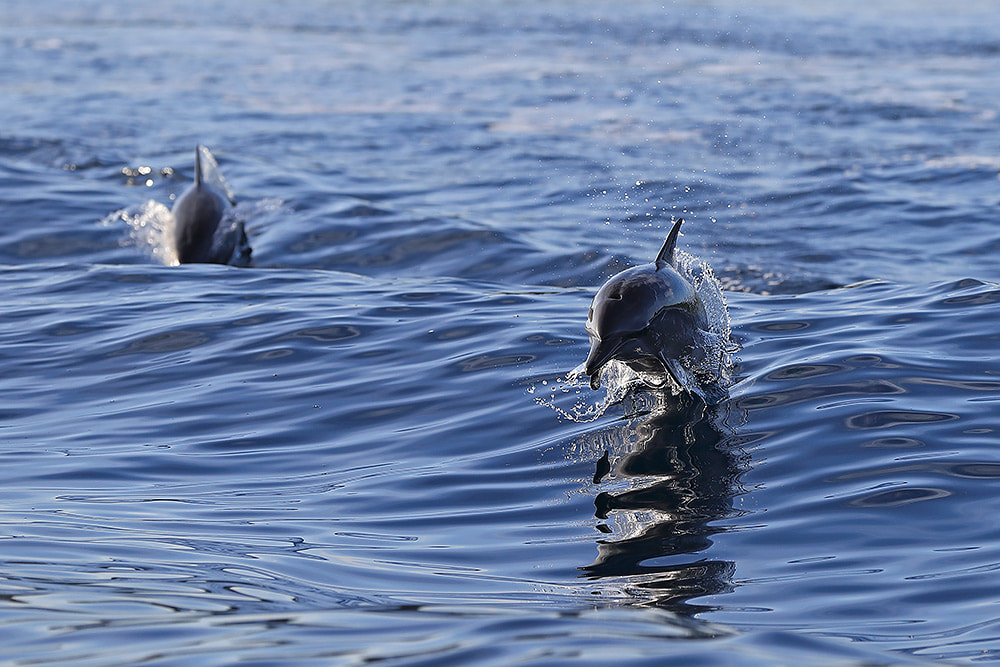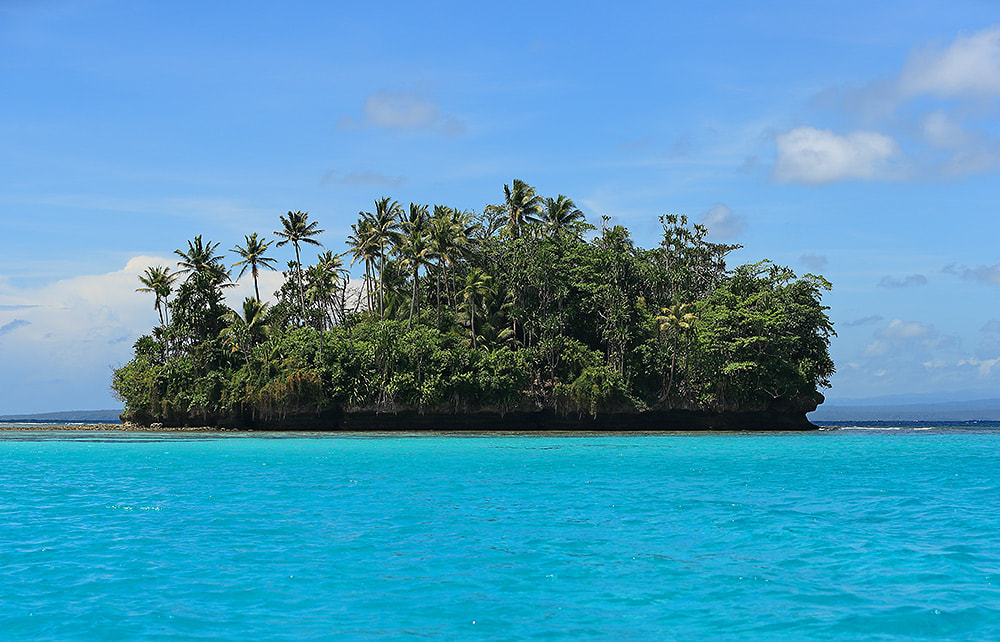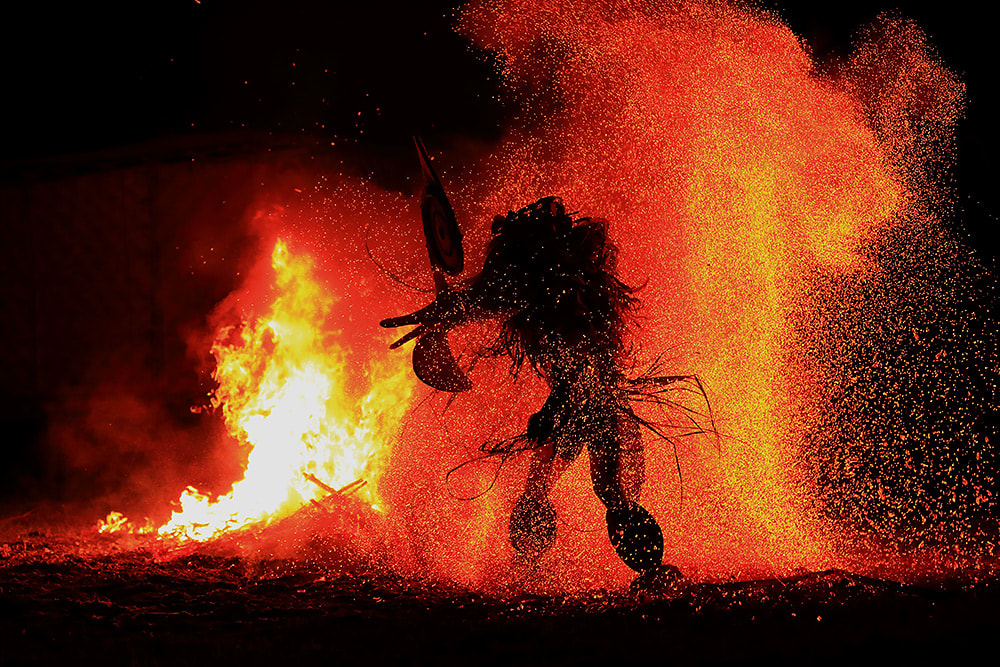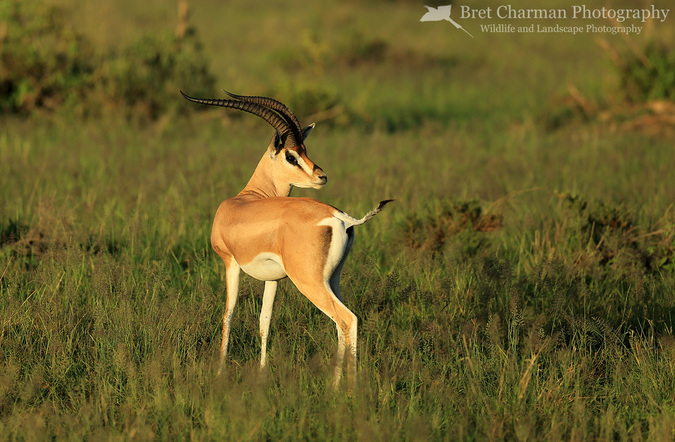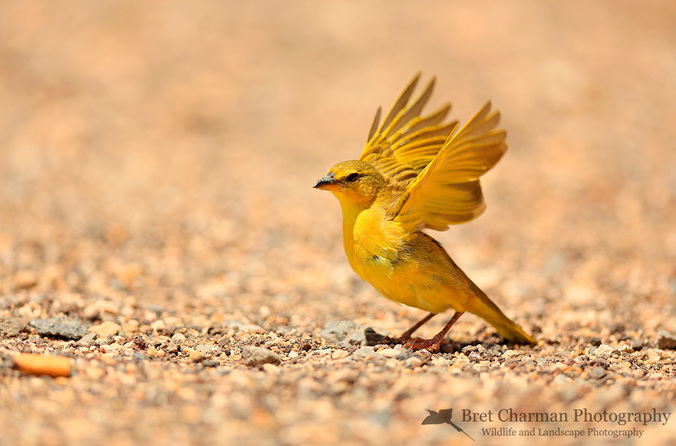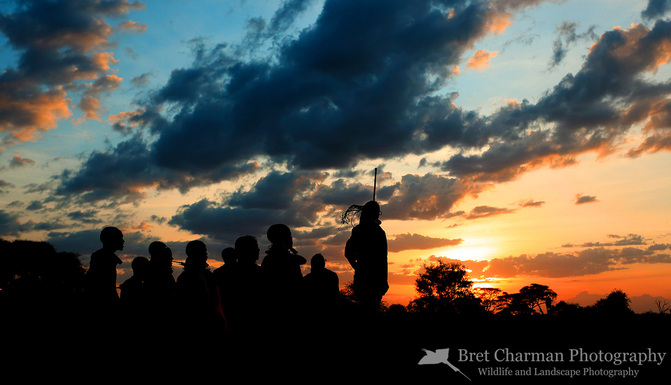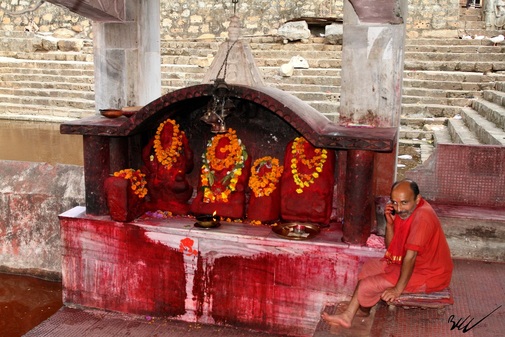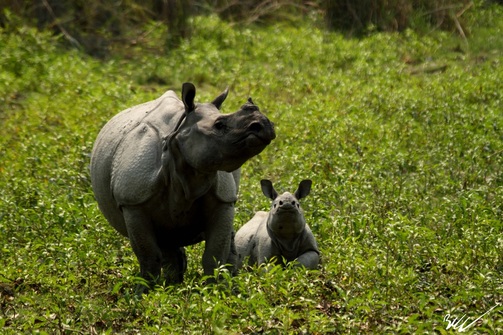|
I have had an incredible past 12 months, winning two major awards and visiting a myriad of amazing destinations. I could not be more thankful for the opportunities that have come my way, including my latest trip to Papua New Guinea. I got the opportunity to travel through Wildlife Worldwide & the PNG Tourism Promotion Authority, on a 12-day trip to one of the world’s last frontiers. I will be leading a dedicated photography tour to Papua New Guinea in 2019, with Wildlife Worldwide, and this adventure was a great way to learn the ropes. After a monster journey, which included 4 airports, 3 countries and 3 flights, I made it to the town of Kokopo in East New Britain. A little heads up, the cultures and landscapes of New Britain are more closely aligned with the Soloman Islands than PNG itself. I wish I was an underwater photographer, that way I could show you the real magic of the region’s wildlife, but instead I had to make do with shooting topside and photographing the region’s fascinating culture. Swimming with the local Spinner Dolphins was truly remarkable, a wildlife encounter I will never forget. Hearing the clicks and whistles as a pod of over 100 dolphins swim all around you is something that is utterly captivating. It wasn’t just the dolphins that are a draw offshore, the smaller islands, turquoise waters, beautiful reefs and local islanders are equally fascinating. For me though, it was on the last night of our stay in Kokopo that really made the biggest impact … I was able to witness the mesmerising Baining Fire Dance. No it isn’t one of those tacky shows where dancers swing fire balls around their body, this was altogether more dangerous - maybe jaw-dropping is better way to describe it. The Baining people perform their fire dance as a coming of age ceremony, a ceremony rarely witnessed by the outside world and so I was incredibly lucky to witness the evening’s events. Young men dress up in some of the largest tribal masks in the world and move to the rhythmic beats and chants of their elders. A large fire is gradually built up, the flames fuelled by more and more material before the action really kicks off. The masked individuals seem to reach a point beyond fear, pushing themselves onwards to brave the flames and embers. One by one the dancers move towards the fire, running, walking and kicking their way through the inferno. The sight is like no other, a mass of swirling fireflies seem to go up with each spectacular movement, all the while the masks are softly lit and silhouetted against the orange glow. Time and time again the masked characters approach the flames, seemingly try to out do the show put on by the previous dancer. Photographing the magic of the dance is particularly challenging, but I really hope these images give you an idea of just what I was lucky enough to witness. I am a wildlife photographer, that is where I feel most comfortable, and I tried to use my skills in low light photography to capture the dancing in a slightly different way. I can’t thank Robin Russel-Pavier enough for looking after us throughout and helping to organise such a remarkable introduction to Papua New Guinea. My thanks must also go to Wildlife Worldwide for their continued support and allowing me the opportunity to travel.
Be sure to read the second part of my blog for the next leg of my adventure.
6 Comments
So this was to be our last day out in the vehicles, going in search of game and trying to get some unique wildlife images. We hadn't yet come across a "Big Tusker", of course we had seen some Elephants with big tusks but none that really made your jaw drop. That was one thing we were hoping for a we left for our all day drive out into the park, anything else we saw would just be a bonus. A few of us also wanted to head back to the vast dry expanse of Lake Amboseli and get some more images of this spectacular landscape. As we entered the park, there was a group of bull Elephants strutting their stuff and pushing one another about. Kicking up all the dust in the warm morning light made for some exciting scenes, even if they were a little tricky to photograph. The dust was just as bad when it was kicked up by the vehicles, meaning visibility on the roads at times was interesting. As well as the grumpy Elephants and the very fine dust that seemed to coat everything, there were some beautiful Grant's Gazelle posing nicely in the warm light. After the dusty start to the day we headed towards the open plains, to try and get some shots of the Elephant herds as they crossed to get to the remaining water. We timed it just right, as family groups appeared out of the woodland and placing our vehicles in the right places, we got some lovely family shots. The really big tuskers were still keeping a low profile but some of the individuals still had sizeable tusks and posed nicely for us in the morning light. I really could watch Elephants all day, especially when they are in their family groups and you can see the relationships and their interactions. You quickly realise that Elephants and Man have very similar social structures, and the way they interact is really rather fascinating. Each Elephant has its own distinct appearance and a very distinct personality. We spent a little time watching and photographing some excitable Zebra as they careered around the dusty edge of the woodland. Lots of the stallions were really aggressive towards one another with kicks and repeated biting common place. Unfortunately for me, most of these were jsut too far away to successfully photograph. We then headed to a lone hill right by the edge of Lake Amboseli, there was still a little water here and there providing a lifeline to a few stranded Hippopotamus. We came here for our lunch and to enjoy the epic landscape of the beautiful National Park. We came across a big bull Buffalo who was completely caked in mud, and he posed nicely for us before we moved to the base of the hill. The next challenge was climbing the hill with the large cool boxes and keeping the camera in hand. I am mighty glad I took the camera too as there were some incredibly tame small birds, who posed perfectly all around. They would literally come with inly a few centimetres, desperate to pick up any scraps of bread, meaning the were more or less the perfect subjects (from a selfish photography point of view). After our pleasant packed lunch at the top of the hill, with the spectacular views (as seen in the panormaic above), it was time to head back out into this vast, open landscape. A few of us wanted to head back to the dry expanse of Lake Amboseli and others wanted to search for the, so far, elusive big tuskers. It was the "Three Musketeers" together again as Andrew, Richard and I headed off to the lake to get some film footage and yet more photographs. We cam across quite an amazing sight as we saw a huge family of Ostrich, how the parents managed to raise as many chicks as they did is really quite remarkable. We went onto the dried out lake and got the shots we wanted, the sandy soil providing great contrast to that of the deep blue sky. I also photographed Andrew & Richard doing their thing as they documented this spectacular place (I'll send you the high-res shots of you guys!) and then we headed off to join the others in the swampy plains. We had heard that our other vehicles had come across a big tusker, at last! Admittedly, we had seen it at a distance earlier on in the day but we could not get close enough for any photography. We made our way to the spot where our group was with the Elephant and when we got there we realised we had struck gold. This Elephant didn't have big tusks at all ... it had a magnificent pair of tusks, they were enormous! We later found out this Elephant is known as Tim and is over 40 years old, what a great giant he was and what a privilege it was to be able to spend the hour or so we did watching and photograping him. He was actually quite difficult to photograph due to his huge size but it was one of those sightings that I will never forget. Many of you, I am sure, will have heard of Nick Brandt and his absolutely stunning photography. Well I have long been an admirer and one day I hope to produce a portfolio as awe inspiring as his. His photography is an art form, he really knows how to use every tool in the photography arsenal and boy does he blow people away with the results he achieves. Anyway, Amboseli NP is one of the places where he managed to take some of his stunning images and I really wanted to capture an image in his style. They need to be in monochrome to start with and they just have a certain tonal quality to them. Now I am not saying that the image below is in the same league, merely this was a photograph that was inspired by the great man himself. And you know what, it isn't often I say this but I am dead chuffed with it! After a long hot day, out in what has to be one of Africa's most picturesque National Parks, it was time to head back to our camp for the last time. It is always a sad time knowing that the end is nearly upon you, but you can reflect back on the last few days and remember all the magnificent sightings we were privileged enough to enjoy. There were a couple more photography feasts to come though, and one was a traditonal dance by the local Maasai warriors as well as some of the women too! I honestly can't describe what an amazing experience it is to witness an authentic performance like this. Just to top it off the setting sun provided the perfect back drop for some silhouetted shots. It really was a completely surreal evening and again (sorry for keeping on saying this) but it was a photography session I will never forget. Some of my fellow tour participants joined in towards the end but alas, with my injured toe I was unable to get involved. Oh well, at least I got to take some of, what I think are, the best images from this fantastic trip! A massive thank you to all the Wild Eye staff (including Andrew and Gerry), as well as all the Maasai involved in the evening. Thanks must go to all the guides for their continued patience and skill in driving the Land Cruisers, as usual the vehicles were always driven with absolute precision and they did everything they could for us.
Another great day in the wilds of Africa with the Wild Eye team and there is still one more blog entry to come. Don't worry though, unlike this Leviathan the final post will be short but sweet! Today we were able to have a little bit of a lay in as we were moored relatively close to our first destination. After some tea we left the Charaidew on foot and headed off for a walk around a local village in search of some birds. Myself and a guest (a keen photographer) seperated from the main group and went in search of some photo opportunities. We came across a number of bird species and took a few photos for identification and some particularly nice shots of a White-throated Kingfisher.
We had our breakfast on the boat as we cruised down the river to Peacock Island where there is a Hindu temple perched on the top of some rocks. We were given a tour of the Island but the main attraction was definitely a group of Golden Langurs which have learnt to take food from the temple's visitors. These monkeys are wild but they have become accustomed to human interaction and show absolutely no fear. We then sailed a few hundred metres down river to the river port of Guwahati, where we moored up against the river bank. Within minutes we had attracted a crowd of spectators and in moments two guests were on the shore meeting the young local women. They then got the women to call me down and I reluctantly did go and meet the locals. They then asked me to marry them even though they had husbands and children. After this humiliating moment they took us on a tour of their community which was spotlessly clean. We later found out this was a railway workers housing project so the standard of living was comparatively good to other places in the city. We were quickly escorted back to the boat for lunch by the crew of Charaidew before we got a proper tour, this was a real shame but we went back for our lunch. After lunch we had another temple tour lined up but this time at a very famous Hindu temple. People travel from other parts of India to visit Kamakhya Temple as it is regarded as a particularly "holy" site. At this particular temple they sacrifice male goats in honour of the gods and as usual we had to take our shoes off before we entered. There were people and goats everywhere and it was a particularly smelly, probably due to the animal carcasses. This afternoon there were no more sacrifices to the relief of several people. On these two days the weather was just awful, there is no other way to describe it. The first of the two days was in Nameri National Park and we had a long transfer from the boat to the river, which marked the edge of the park. The plan was to gently glide downstream in some inflatable rafts with the river's current. Due to the heavy rain the river was flowing fast but none the less we went ahead with the boat ride. Two people sat in a raft with two local paddlers at the rear. Within half an hour the heavens opened and by the end of the two hour boat ride everybody was very cold and completely soaked.
Everyone was happy to get back to the boat and we all spent the afternoon in the warm and dry saloon. It really was a day of disappointment for everybody which was a real shame. Normally this day is meant to be the highlight of the trip and a truly wonderful activity. The second day we had a jeep safari in Orang National Park. At first it seemed a little brighter and after a long transfer using the day boat we met up with our 6 jeeps. As usual the jeeps split into two groups of three and we planned to meet in the middle of our circular route. After ten minutes driving our lead jeep was stuck in a dip in the road, digging itself a deeper hole as the driver revved ever harder. After nearly an hour we had managed to get all three jeeps through and met up with the others. We narrowly missed out on a tiger sighting which would have been a very rare opportunity as there are only thought to be ten tigers in the whole park. In the afternoon when we got back to the boat the weather had improved and we had a beautiful cruise down river to the city edge of Guwahati. On the way we saw some bamboo rafts which would then be sold for scaffolding in the city. Today was our second day exploring the unusual landscape of Kaziranga. This park consists of tropical lush forest and large tracts of grassland. This grassland is primarily made up of Elephant Grass, which as its name suggests is as tall as an Elephant. Once an animal moves into this grassland it is nearly impossible to see it until it decides to show itself. This time we were visiting the central range of Kaziranga which was over an hour drive from the boat.
Today we got much closer to some wild Asian Elephant and I was able to get some photographs through the extremely high Elephant Grass. The Rhinos also decided that today they would co-operate a little better and I was able to get some nice photographs of a mother and her calf before a vehicle spooked them and they disappeared in the wall of grass. The light was not particualrly favourable as the Sun was rather bright at this point but it was a wonderful moment anyway. After our drive we headed to a nearby lodge for lunch and we were able to give a tame elephant a bath, or in my case photograph the bath. On our way back to the boat we visited a tea plantation and stocked up on some Assam Tea and fresh Peppercorns. In the evening the local villagers came to show us a traditional dance which was both very loud and also a rather colourful affair. Today was going to be another day of culture, we had sailed the evening before close to an island with a traditional Mishing village (the native people of Assam) and moored ourselves to a sand bar. This island had never been visited by a group of tourists before and out cultural guide was unsure when they would have last seen a white person in the village. Today they were going to get a big shock as there were going to be 23 white europeans descending on their quiet island home.
When we got there, the first thing we noticed were their houses, they were a traditional stilt house design that you would imagine seeing in Vietnam or Burma. We met only a few people to start with and they were certainly as intrigued by us as we were intrigued by them. One of the group had brought a spotting scope with him and soon there were local children and adults alike fighting to look through the scope. This was a group of westerners seeing a completely different culture to our own with very little western inluence. To our amazement many of them did have a mobile phone and a few of the richer families had a motorbike. They were a farming community and the island was covered in rice paddies. By the end of our tour around the village (a couple of hours long) the Naturetrek group had around 200 villagers following them and asking us to pose for them so they could take pictures using their mobile phones. I took hundreds of portrait shots that day but I have only included a few here. I am planning to create a gallery just for those portraits. After a great night sleep on board our river boat (Charaidew) we had a busy day ahead of us. Today we were moored off the island of Majuli in the middle of the Brahmaputra River. Majuli Island was once the largest river island in the world and it has its own road network, series of towns and its own culture. It could almost be a country in its own right when you compare its size to some European countries.
Our aim today was not to focus on wildlife, although we did see plenty of birdlife, but to try and see some of the cultural elements that make this place so interesting. We had arranged two monastery visits and at the second a traditional dance-drama had been arranged by the monks. The first monastery (Auniati) was not all that impressive but it certainly gave you an idea of what was involved and the way in which the monks lived and worshipped. These were Hindu monasteries so of course one had to take their shoes off and walk across the muddy floors barefoot. The second monastery (Kamalabari), were the dance-drama was performed, was a little more historic but still consisted of a tin roof on the main prayer area. It is important to respect their beliefs and make sure you abide by the correct rules when entering the prayer buildings. One must take of their shoes before even entering the monastery's grounds and then when the prayer hall you must only walk around the edges and never cross the middle of the room. We all sat down around the edges of this large prayer hall when some of the older monks started to play the drums. Four young boys came out, looking very feminine, and performed this story telling dance which consisted of "extreme yoga". A very interesting day and very different from the Gibbon Sanctuary the day before. This trip shall be as diverse as Assam is itself. I have attached a few photos below showing a couple of monks and a photograph of the dance performance. |
AuthorBret Charman Archives
July 2024
Categories
All
|



